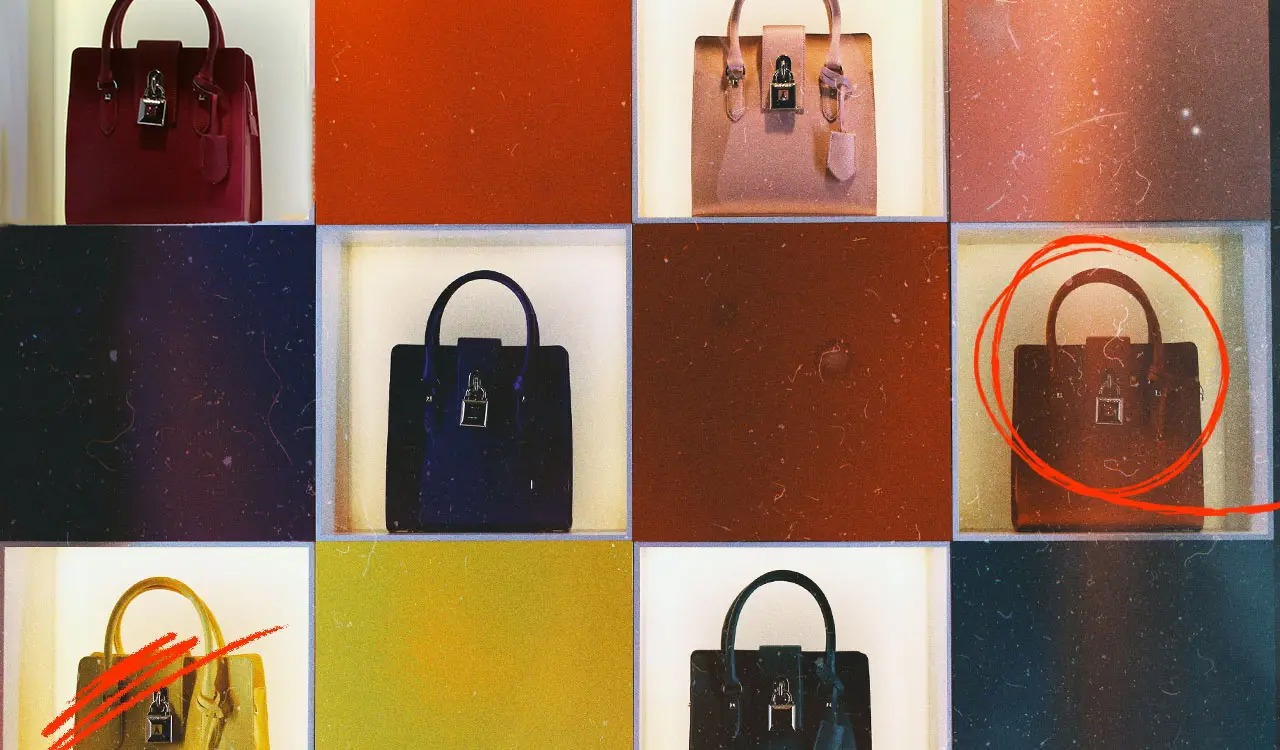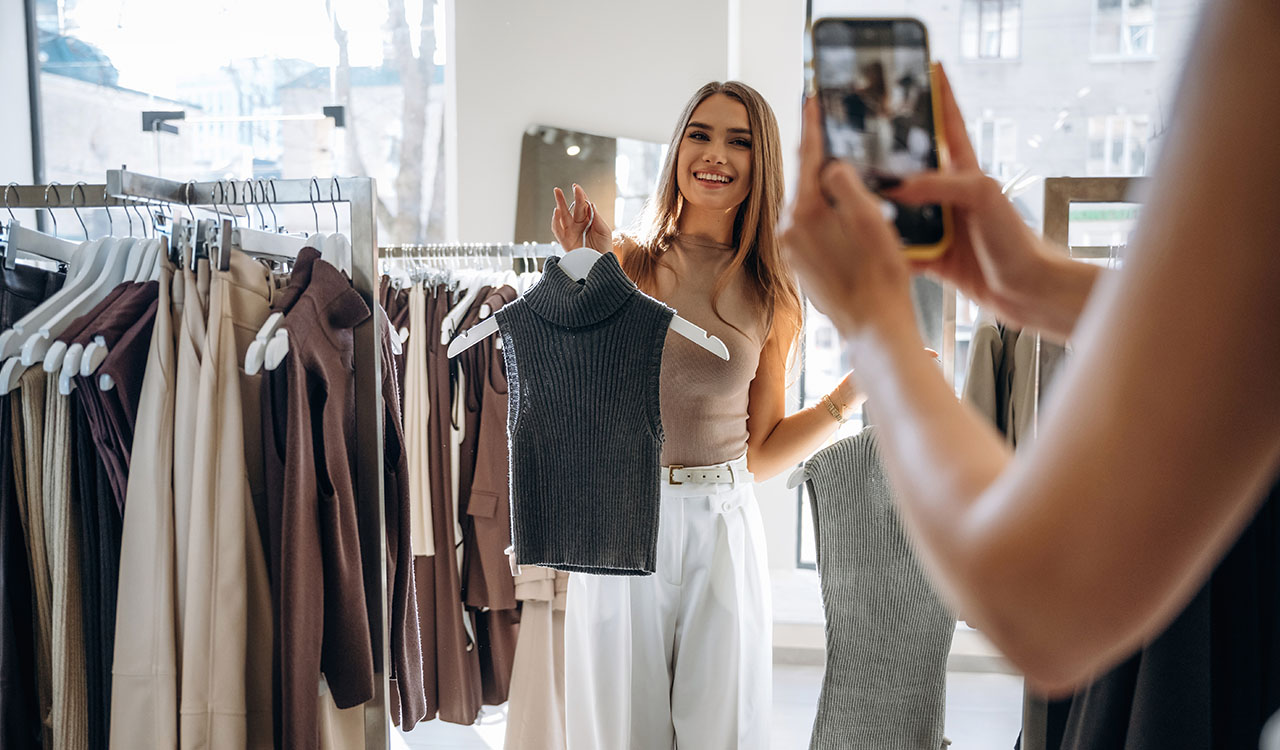Anyone who has taken the Paris Metro lately will notice the countless Louis Vuitton bags on display, giving the impression that luxury has become accessible to everyone. However, a closer look reveals that many of these monogram bags fall short of the craftsmanship associated with this iconic high-end brand. In today’s consumer world, counterfeit luxury has become alarmingly democratic and disturbingly ubiquitous. Imn short, we are living in the era of counterfeit culture.
TikTok is flooded with videos highlighting the “best buys” from Chinese ecommerce platforms, where counterfeit goods are allegedly readily available. Unboxing videos of Moncler Maya jackets, purchased for a fraction of the original price, are just one example of how young consumers are being influenced by this normalization of counterfeit goods, which is now seen as savvy or even “smart” behavior.
Getting Real About Counterfeits
Many executives might view counterfeiting as a direct result of a luxury brand’s aspirational popularity. When people seek the status associated with a luxury brand but can’t afford the authentic item, they often turn to counterfeits to imitate a sense of elitism and entitlement. However, this global phenomenon damages not only the bottom line but also the reputation of leading luxury labels.
As Paolo Beconcini, Head of China IP at Squire Patton Bloggs notes, the dilution of brand value leads legitimate luxury “consumers away from a brand that is believed to be easily counterfeited. This, in turn, takes a toll on the brand goodwill and its trademark value.”
Meanwhile, leading luxury brands continue to raise their prices, pushing exclusivity to new heights. For example, Sotheby’s reports that the price of a Medium Chanel Classic Flap Bag has more than doubled, skyrocketing from $4,900 in 2016 to $10,800 today. While this pricing strategy strengthens exclusivity, it may also be contributing to the rise in counterfeit behavior. A recent study suggests that the growing disparity between those who can afford luxury and those who cannot drive consumers to buy counterfeit items as a way to achieve a sense of social equality. Which begs the question: What is a luxury bag really worth?
Generation Fake
The willingness to buy counterfeit goods has reached unprecedented levels. A 2023 EU study found that 26 percent of consumers aged 15 to 24 intentionally purchased counterfeit items within the last 12 months.
According to Harley I. Lewin, LewinConsult LLC, “Many perceive value goods as overpriced. Many think ‘the big company can afford the loss’ and many are attracted to fakes because of price, period, without caring about the rest.”
With just a few clicks on popular online platforms, users can easily order counterfeit products directly from Chinese suppliers. While not all these purchases involve designer labels, Gen Z, the future drivers of the luxury market, has already experienced both the convenience and thrill of acquiring counterfeit goods.
The New Normal: Counterfeit Culture
Counterfeit culture has now reached a tipping point. The same EU study revealed that 54 percent of respondents believe it is acceptable to buy counterfeit products because “everyone does it.” This growing lack of guilt or shame around purchasing fakes should be a wake-up call for the luxury industry. A survey by Business of Fashion found that 54 percent of U.S. Gen Z respondents consider it morally acceptable for others to buy and use counterfeit luxury items. Beconcini observes, “The meeting of desirability and enhanced individualism allow GenZers to lower their moral barriers and accept that buying fakes is therefore ok.”
Bragging Rights
As counterfeit culture becomes more mainstream, fakes are even being flaunted as a badge of coolness. Influencers on social media are displaying their “brag-worthy” fake designer finds.
For instance, TikTok is flooded with videos highlighting the “best buys” from Chinese ecommerce platforms, where counterfeit goods are allegedly readily available. Unboxing videos of Moncler Maya jackets, purchased for a fraction of the original price, are just one example of how young consumers are being influenced by this normalization of counterfeit goods, which is now seen as savvy or even ‘smart’ behavior.
This leads to the question of how luxury brands can respond to what is turning into a counterfeit crisis. Government crackdowns at the supply end are a reminder that criminal activity will not be tolerated. For example, the cross-border counterfeit platform Pandabuy was raided by Shanghai police in April 2024. However, the profit motive will not deter other sellers from meeting the insatiable demand for fake fashion. Beconcini adds, “Enforcement sends warnings out to the infringers, and has also an educational function (it shows the consequences of counterfeiting hopefully stopping the bad actors).”
Unfashionable Fakes
The key challenge for luxury brands is to shift consumer perception and make counterfeits unfashionable. The use of authentication technology and digital passes can enhance the prestige of owning authentic products. In other words, brands must focus on incentivizing and rewarding consumer behavior, highlighting the long-term value of authenticity.
For instance, Bottega Veneta showcases its commitment to quality and craftsmanship through its “Certificate of Craft,” which offers “offers unlimited refresh and repairs on a selection of iconic bags.” Similarly, why settle for an imitation Rimowa suitcase that may look like the real thing (but will likely have its wheels fall off), when the authentic version comes with a lifetime warranty? This sends a powerful message that consumers shouldn’t compromise on performance or durability as in the words of Rimowa, “Engineered for life”.
Dupe Engagement
Despite efforts by social media platforms like TikTok to implement safeguards against the sale and promotion of “dupes” (short for “duplicates” offering a less negative implication than “fakes”), content showcasing knockoffs continues to thrive. As Lewin observes, “Everything these days is driven by algorithms which can be programmed to use their ‘smarts’ to profile bad goods, bad actors, and the like. Specifically, the platforms can take specific action but instead have relied largely on the brands notifying the platform, so the platform doesn’t have to make a singular decision.”.
For example, a TikTok video by Snipestwins, comparing Lululemon leggings ($100) with an Amazon alternative priced at $27 has been viewed 4.7 million views. Similarly, styylebyk’s clip titled “Don’t walk… RUN to SHEIN for this l*lulemon dupe” has attracted 3.9 million views.
Lululemon took a bold approach to regain control of their brand narrative and engage with consumers who were opting for duplicate versions of its Align leggings. At its “Dupe Swap” event in Los Angeles’s Century City Mall, the brand invited customers to exchange lookalikes for the real deal. The message was unequivocal: the real item makes all the difference.
Brand Longevity
Purchasing counterfeit items goes beyond being a superficial choice; it actively contributes to organized crime. According to Beconcini, “As long as we do not take care of the curve of demand of counterfeits, by educating the public about its risks and consequences, the crisis will keep going and growing.”
Although the allure of a logo will always attract a class of counterfeit buyers, luxury executives must not forget that they are the custodians of their brand’s equity. Inspiration can be drawn from consumers who are taking a stand against counterfeiting. Initiatives such as GenZAgainstFakes engage GenZers to create a culture that values authenticity over imitation is a compelling case of best practice.
Luxury consumers, who appreciate the prestige and exclusivity of authentic products, typically want to distance themselves from counterfeit culture. Just ask anyone waiting in line outside a Louis Vuitton flagship store.





